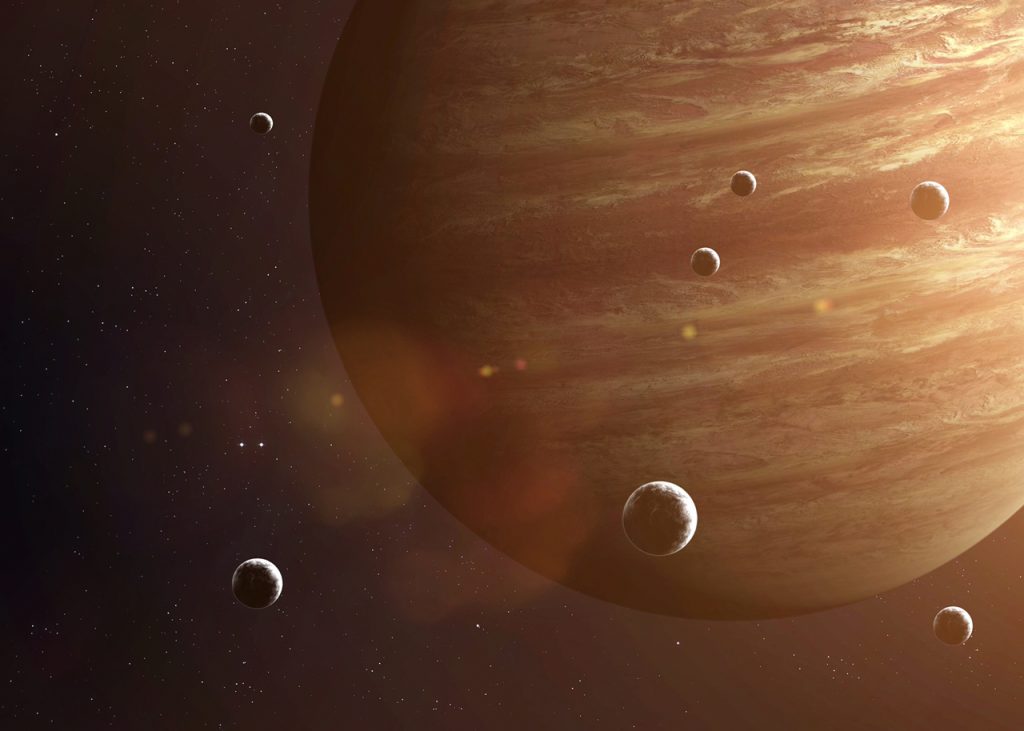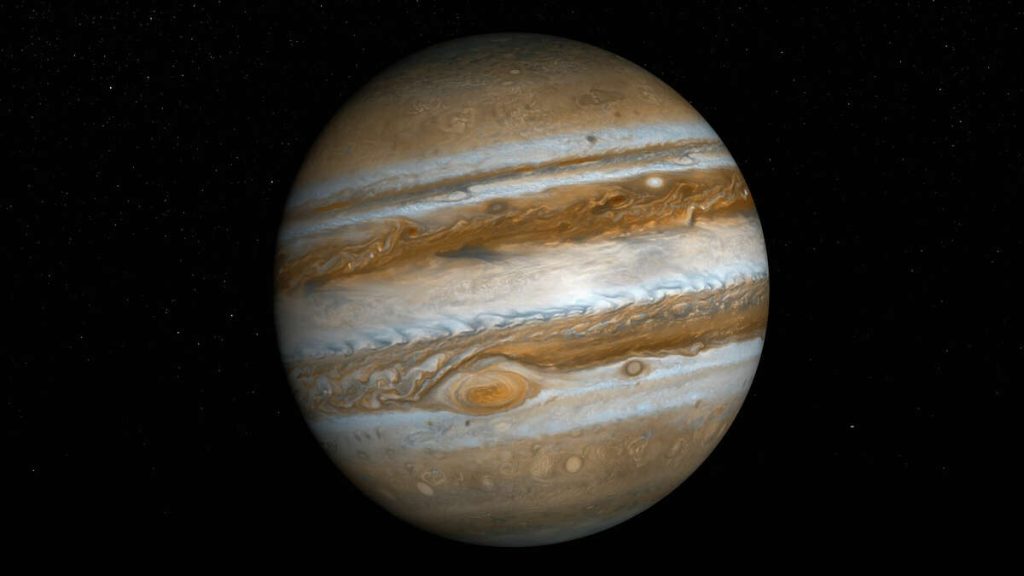
Being the largest planet in our solar system, Jupiter already holds the title of king of the planets. The gas giant also currently has the most moons.
A total of 92 moons around Jupiter have been confirmed by astronomers after 12 more were discovered.
A team led by Carnegie Institution for Science astronomer Scott Sheppard made the finding while conducting observations.
In August 2022, they used the Dark Energy Camera located on the Blanco telescope at the Cerro Tololo Inter-American Observatory in Chile, and in September 2021, they used the Subaru Telescope in Hawaii. Searches for faint objects can be conducted with the Dark Energy Camera.
Jupiter and its natural satellites were in alignment with more distant targets that Sheppard and his team have been seeking in the Kuiper Belt, a ring of icy objects circling the sun that’s located past the orbit of Neptune on the edge of the solar system.

“We have been surveying for new moons around Jupiter serendipitously while our main survey is looking for planets in the outer solar system beyond Pluto,” Sheppard said.
Any things near Jupiter would be moving at the same speed as the gas giant and as a result, the team was able to distinguish between Jupiter and its surrounding objects from objects farther out in the solar system.
The solar system’s far-off objects cannot move as swiftly as those moving with Jupiter.
The scientists used the Magellan Telescope in Chile to carry out follow-up observations for the 12 new moons, which took them nearly a year to confirm.
Since their discovery was only recently announced, none of the moons have names yet; nevertheless, the Minor Planet Center will give each one a number in the coming months.
Minor planets, comets, and space rocks are all tracked by the Minor Planet Center.

Such celestial objects’ identification, naming, and orbital information are handled by the organization under the authority of the International Astronomical Union.
“The International Astronomical Union allows the naming of any moon larger than about 1.5 miles (2.4 kilometers) in size, of which half of these new discoveries are larger than that, so they will get names,” Sheppard said.
Author-Roberta Appiah



![Photo of You cannot blame UG VC for receiving fake award [Article]](https://beachfmonline.com/wp-content/uploads/2020/09/20200904_201418-390x220.png)
